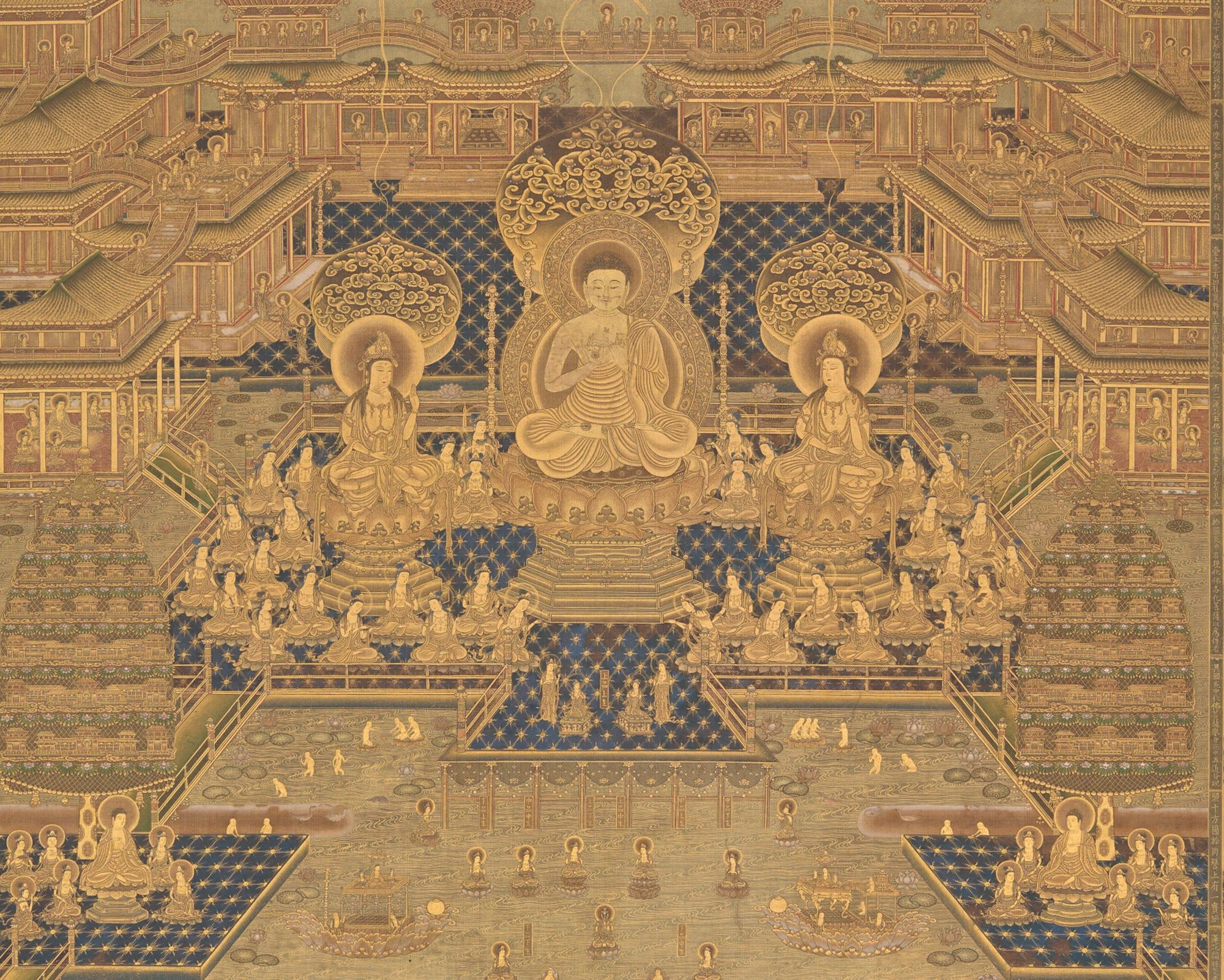The Rich Tapestry of Asian Art: A Journey Through Time and Tradition

Asian art is a vast and diverse domain that spans thousands of years, reflecting the cultures, religions, and philosophies of the continent. From the intricate brushwork of Chinese calligraphy to the serene beauty of Japanese ukiyo-e prints, from the grandeur of Indian temple sculptures to the mystical symbolism of Tibetan thangkas, Asian art embodies a deep connection between spirituality, nature, and human expression.
Origins and Evolution
The roots of Asian art stretch back to prehistoric times, with early cave paintings and pottery revealing glimpses of ancient civilizations. As societies developed, artistic traditions became intertwined with religious and philosophical beliefs, leading to the creation of art forms that carried deep symbolic meanings.
- Chinese Art: Heavily influenced by Confucianism, Daoism, and Buddhism, Chinese art evolved through dynasties, from the delicate bronze vessels of the Shang dynasty to the monumental landscape paintings of the Song dynasty. Calligraphy and ink wash painting became highly esteemed, emphasizing simplicity, balance, and harmony.
- Indian Art: A confluence of Hindu, Buddhist, and Islamic influences, Indian art flourished in temple sculptures, miniature paintings, and architectural marvels like the Ajanta caves and the Taj Mahal. The use of vibrant colors and intricate details defines many of its artistic traditions.
- Japanese Art: With aesthetics rooted in Zen Buddhism and Shinto beliefs, Japanese art values simplicity, imperfection (wabi-sabi), and nature. From the graceful lines of ukiyo-e woodblock prints to the minimalism of traditional tea bowls, Japanese artists have mastered the art of restraint.
- Korean Art: Distinct yet influenced by neighboring China and Japan, Korean art is known for its elegant celadon ceramics, Buddhist iconography, and later, its bold contemporary art movement.
Common Themes and Motifs
Despite regional differences, Asian art shares common themes that resonate across cultures:
- Nature and Spirituality: Mountains, rivers, flowers, and birds are often depicted as metaphors for spiritual transcendence and the harmony of the universe.
- Symbolism: Dragons, lotus flowers, cranes, and phoenixes represent power, purity, longevity, and rebirth.
- Calligraphy: More than just writing, calligraphy is considered a supreme art form, where brush strokes reflect the artist’s emotions and inner philosophy.
- Mythology and Folklore: Many Asian artworks draw from ancient myths, epics, and religious texts, portraying deities, celestial beings, and legendary heroes.
Asian Art in the Modern World
Today, Asian art continues to evolve, blending tradition with contemporary influences. Globalization has allowed Asian artists to experiment with modern media, yet many still draw inspiration from their cultural roots. The rise of digital art, performance art, and installations has given new dimensions to Asian creativity. Moreover, museums and exhibitions worldwide are increasingly recognizing the significance of Asian art, leading to its greater appreciation on the global stage.
Asian art is not merely a visual experience; it is a reflection of history, philosophy, and cultural identity. Whether through the meditative strokes of a calligraphy brush, the intricate carvings of a temple facade, or the dynamic expressions of modern Asian artists, the artistic legacy of Asia remains as vibrant and influential as ever. As the world continues to embrace cross-cultural dialogues, Asian art stands as a timeless testament to human creativity and spiritual depth.